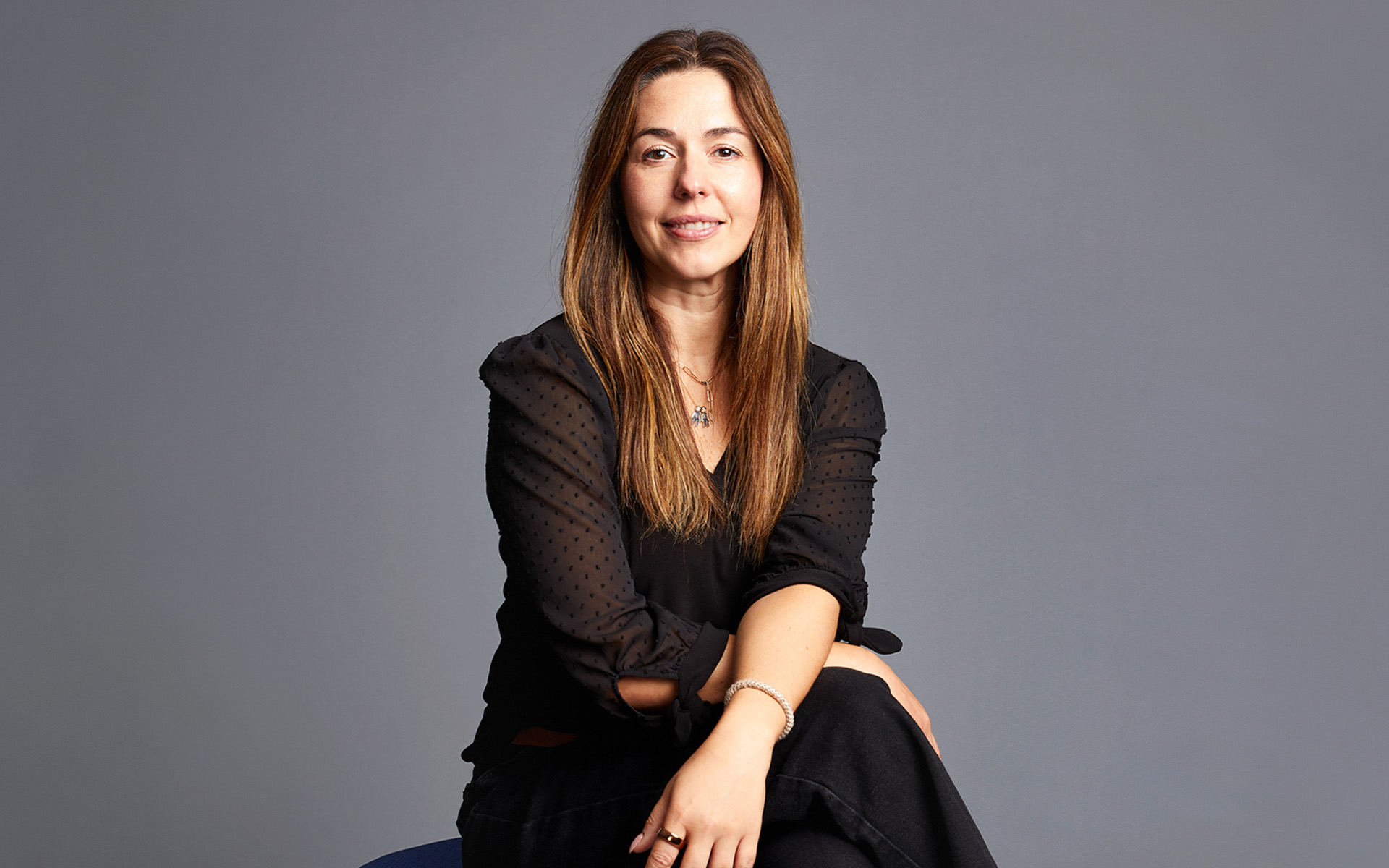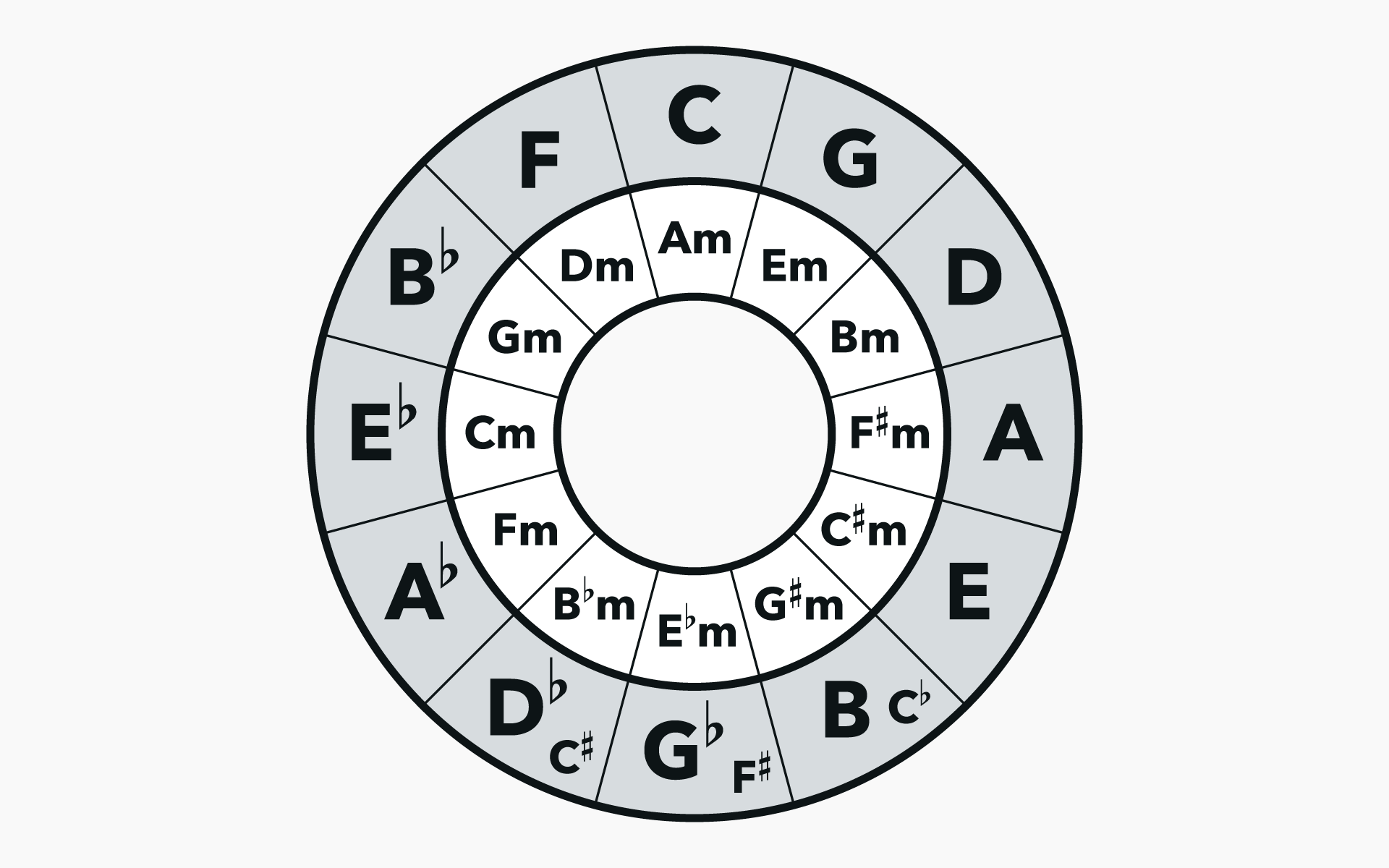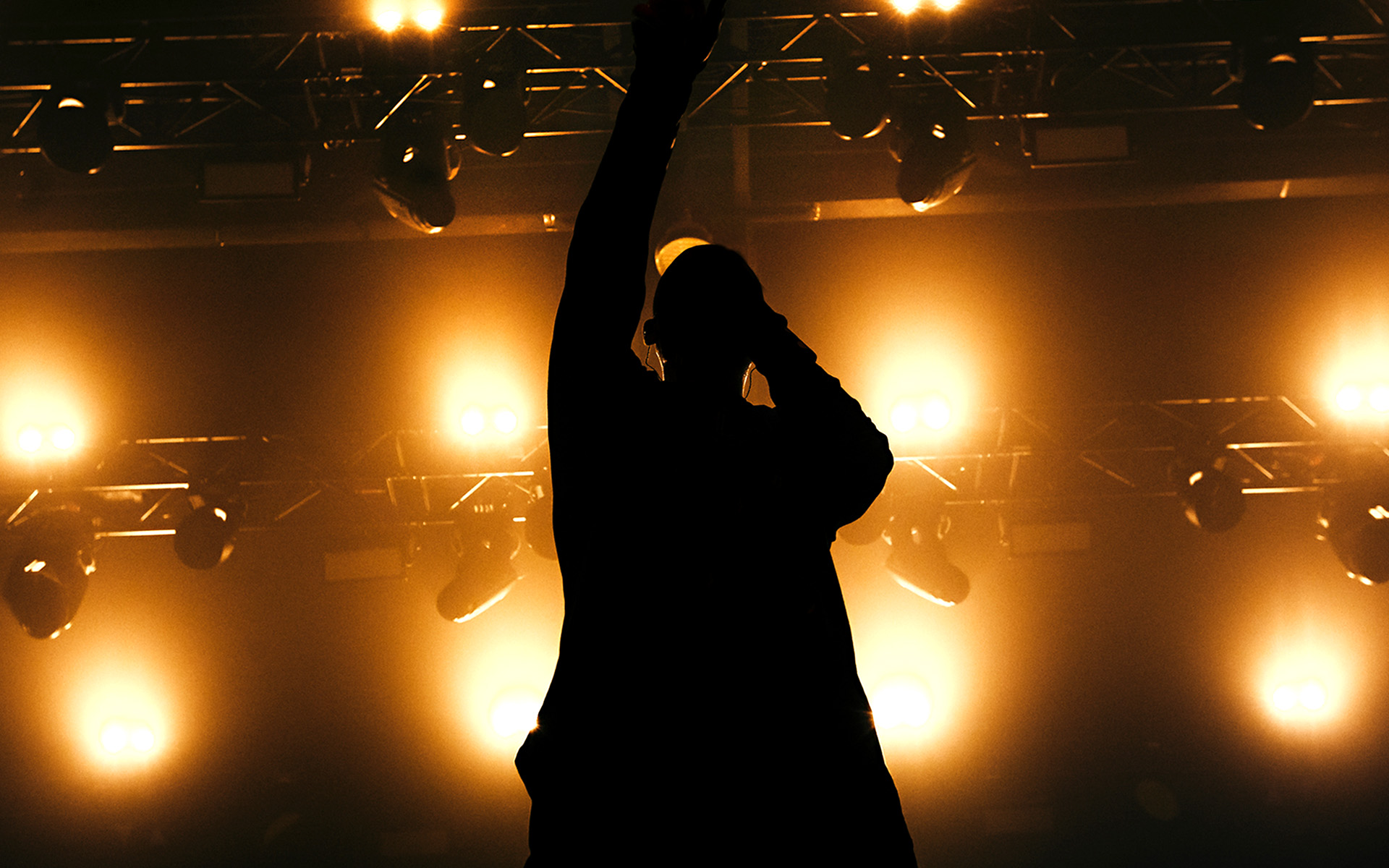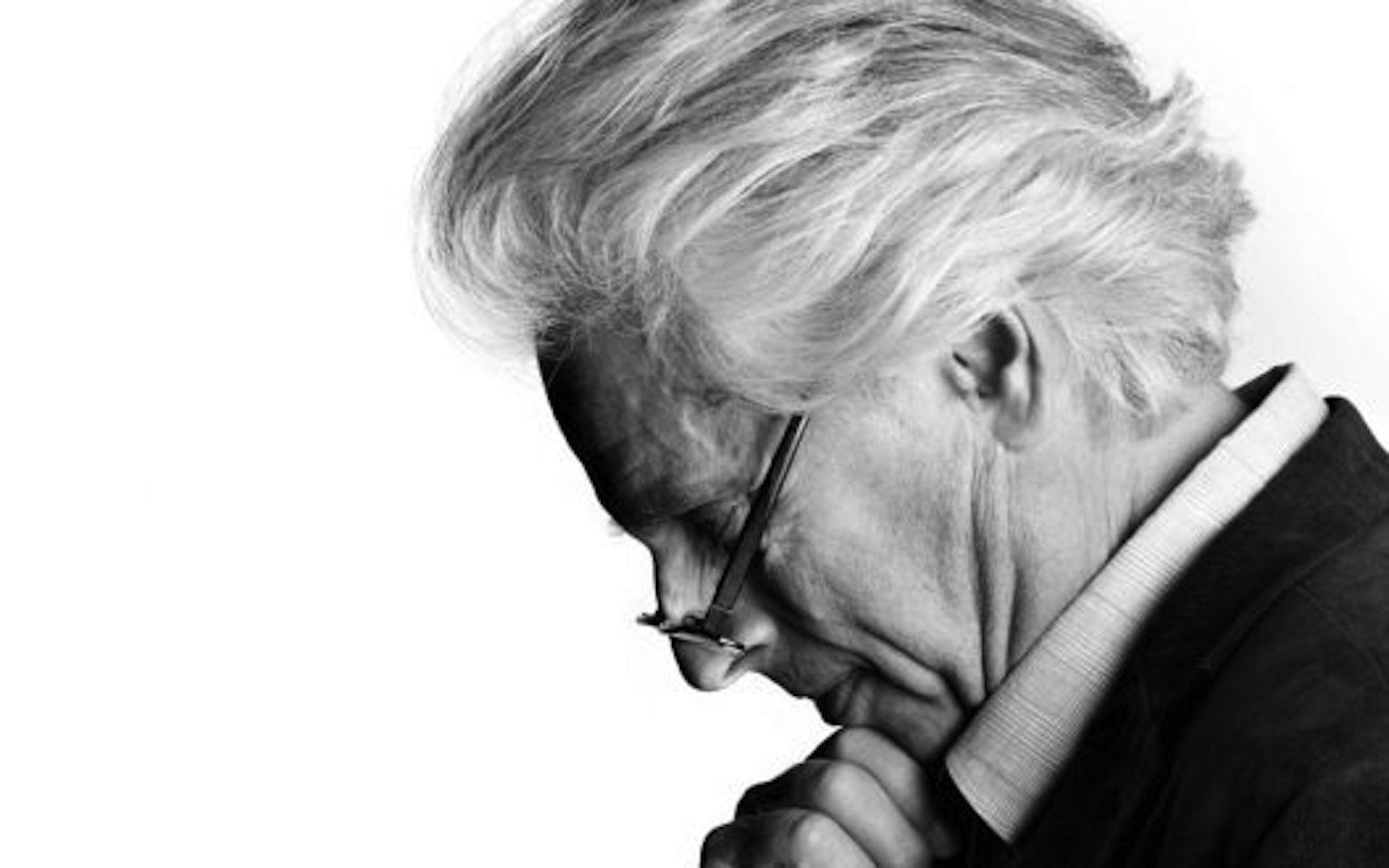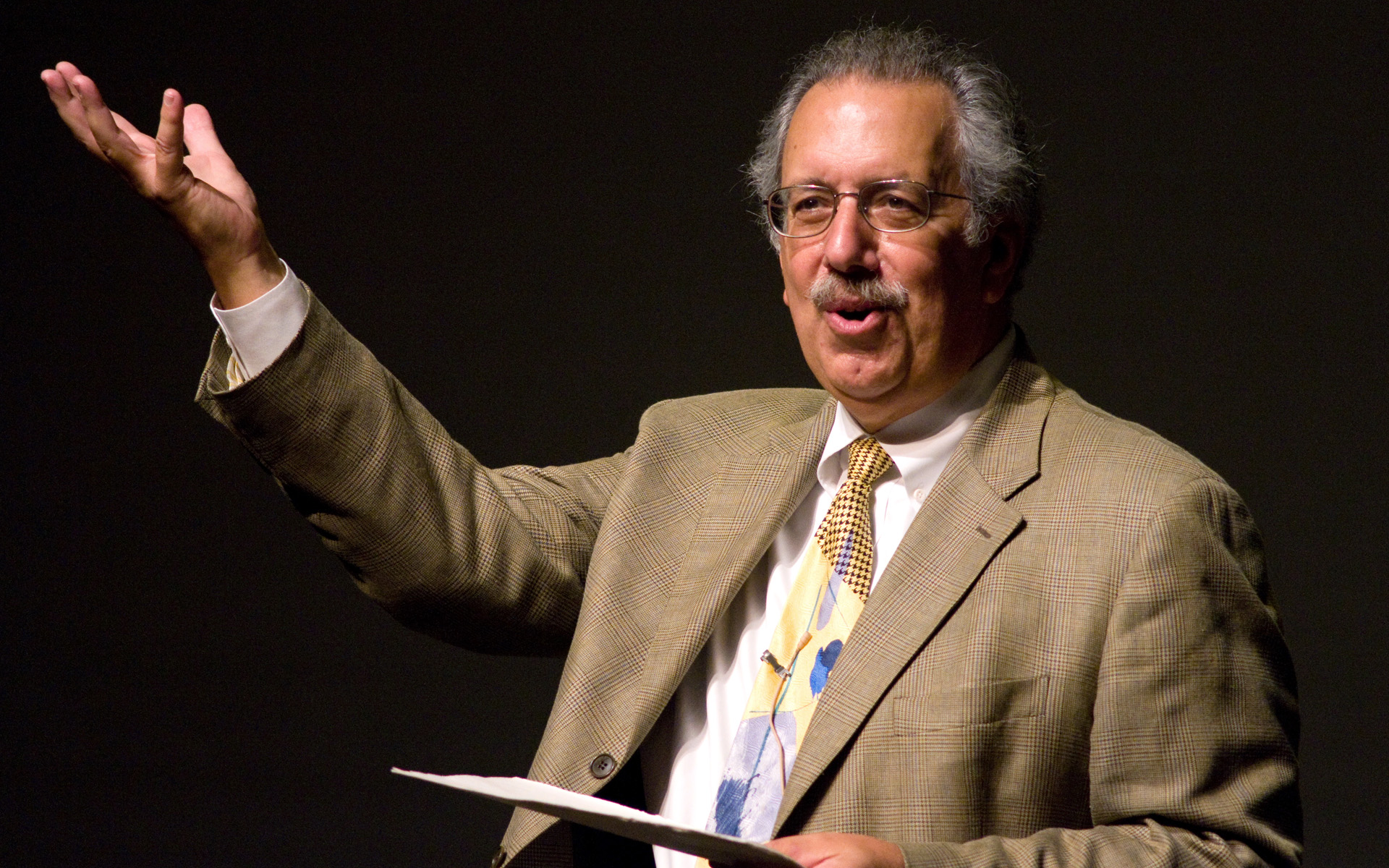The following information on architectural acoustics is excerpted from Berklee Online’s Architectural, Acoustic, and Audio System Design for the Modern Music Production Studio course, written by John Storyk and Dan Thompson, and enrolling now.
Understanding Room Modes, Eigentones, and Sound Waves
In this first video, John Storyk explains room modes in architectural acoustics. He details that standing waves, also known as eigentones, are present in every room, and the smaller the room is, the harder they are to deal with. He goes into great detail about the acoustical aspects of these types of waves, and he states that these standing waves should not be feared, but understood, so that you can create the best sounds possible.
Internal vs. External Acoustics
In this second video, Storyk explains the difference between isolation acoustics and internal room acoustics. He details that isolation acoustics deal with how quiet your room is, and internal room acoustics deal with how sound performs in the room. He talks about factors of both to consider before you build a studio, and how they can pertain to production.
Integrated Acoustic Design
In the next video, Storyk gets into the major considerations you need to make when thinking about your own recording studio. He brings frequency analysis, reflection control, isolation techniques, and internal room acoustics together with the concept of integrated acoustic design. He discusses the implications of iterative design, in which the design process is constantly informed and refined by the interacting aspects of integrated acoustic design, and frequency-dependent design, in which a treatment will interact differently with frequencies across the sound spectrum. The objective remains the same: building an accurate listening environment that has the correct amount of quietness in it.
Low-Frequency Control
In this final video, Storyk discusses his architectural approach to controlling low frequency in studio control rooms. He explains considerations of room geometry and configuration, placement of the listening position and monitors, and targeted low-frequency absorption to control certain eigentones in order to prevent low frequency modal buildup and provide a basis for even sound response in a room.
About John Storyk
John Storyk began his career in the late 1960s, building Electric Lady Studios for Jimi Hendrix. His work includes private studios for Whitney Houston, Bob Marley, Ace Frehley, Oven Studios (Alicia Keys), Roc the Mic (JAY-Z), and others. Professional audio/video installations include Soundshop, Nashville; Crawford Post, Atlanta; Talking House (San Francisco); screening rooms for NYC’s Planet Hollywood and Technicolor; conference facilities for Mercury (Polygram), EMI, CEMEX, Sumitoma; large scale educational and performance facilities for Full Sail/Platinum Post (Orlando); Ex’Pression Center for New Media (San Francisco); and Jazz at Lincoln Center/SiriusXM Radio (New York City).

